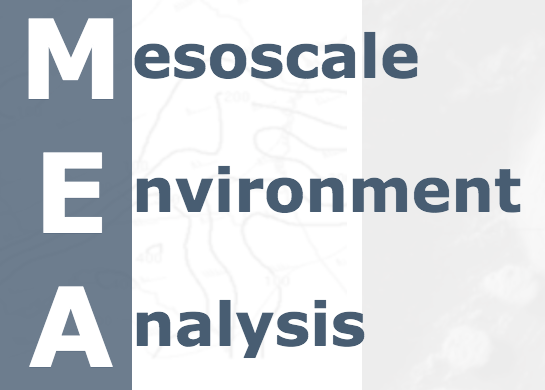Storm Signatures Observed in Satellite Imagery
VISIT Training: The objective of this training is to learn how to utilize GOES-R era imagery to identify severe thunderstorm signatures. This includes:
- Inflow Feeder Clouds
- Lines of Towering Cumulus above an invigorated RFD (also known as flanking towers)
- Enhanced-V
For more details, including how to take the training with an instructor and how to receive credit in the CLC, check out the VISIT page.
